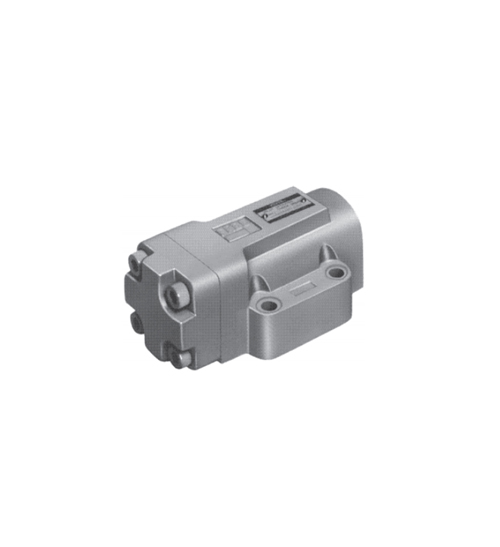
Check valve of hydraulic valve: The check valve can be divided into ordinary check valve and hydraulic control check valve. Ordinary check valve only allows one-way flow of liquid, and the effect of hydraulic control check valve on pilot pressure can also be reversed. Steel ball type: steel ball type check valve is a check valve with hardened steel ball seal valve seat. Its planning is simple, reducing leakage in the system operation cycle. Although the structure of the steel ball type one-way valve is simple, its sealing performance is not as good as that of the conical valve type, and the steel ball has no guide part, which causes simple vibration and noise. Seat valve type: the one-way valve is a seat valve element, which allows the fluid to move in one direction and prevents the fluid from moving in the opposite direction. They can be used to separate various links of the hydraulic loop, or create a path for leisure around the binding valve. Reverse check valve: The side convex check valve is a special check valve. The way of leisure activity is from the side port to the bottom port of the cartridge valve. Its function is the same as the standard check valve. The valve block planner occasionally uses the side nozzle check valve to simplify the activity path planning of the valve block. Pilot operated check valve: refers to the check valve that can be opened by external pilot pressure.

Therefore, the pilot operated check valve can block the flow in one direction, just like the standard check valve, but it can be turned over after the appropriate pilot pressure is applied. Allow leisure activities in the opposite direction. Pilot operated check valves generally force the determination of double acting cylinders. The pilot operated check valve is divided into two types: threaded cartridge type and pilot piston type. When it is in the middle position, these valves and the control valve (the lower end of the valve port is connected to the oil tank) have better cooperation effect. The rated flow of the hydraulic valve refers to the nominal flow of the hydraulic valve under the rated working condition.